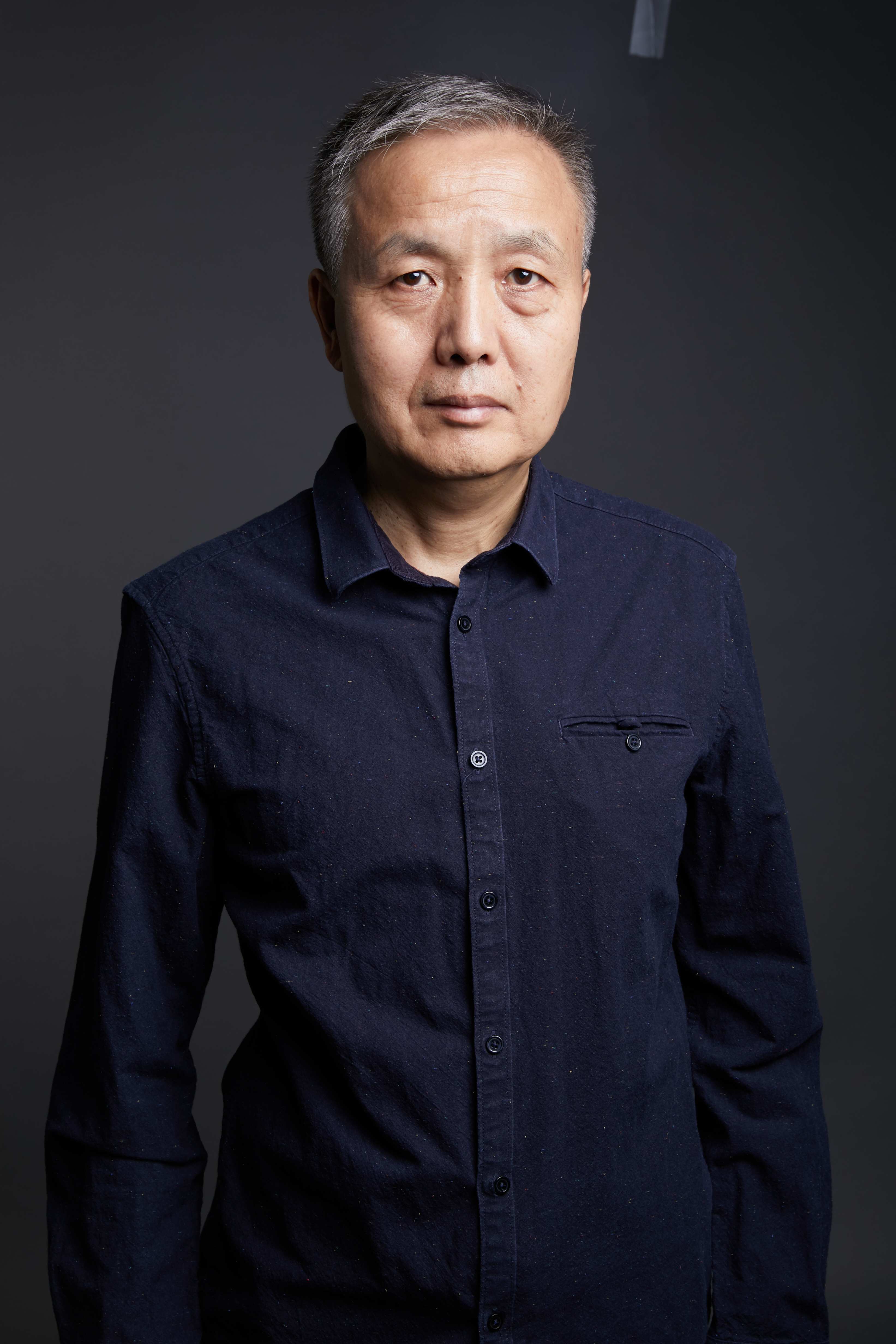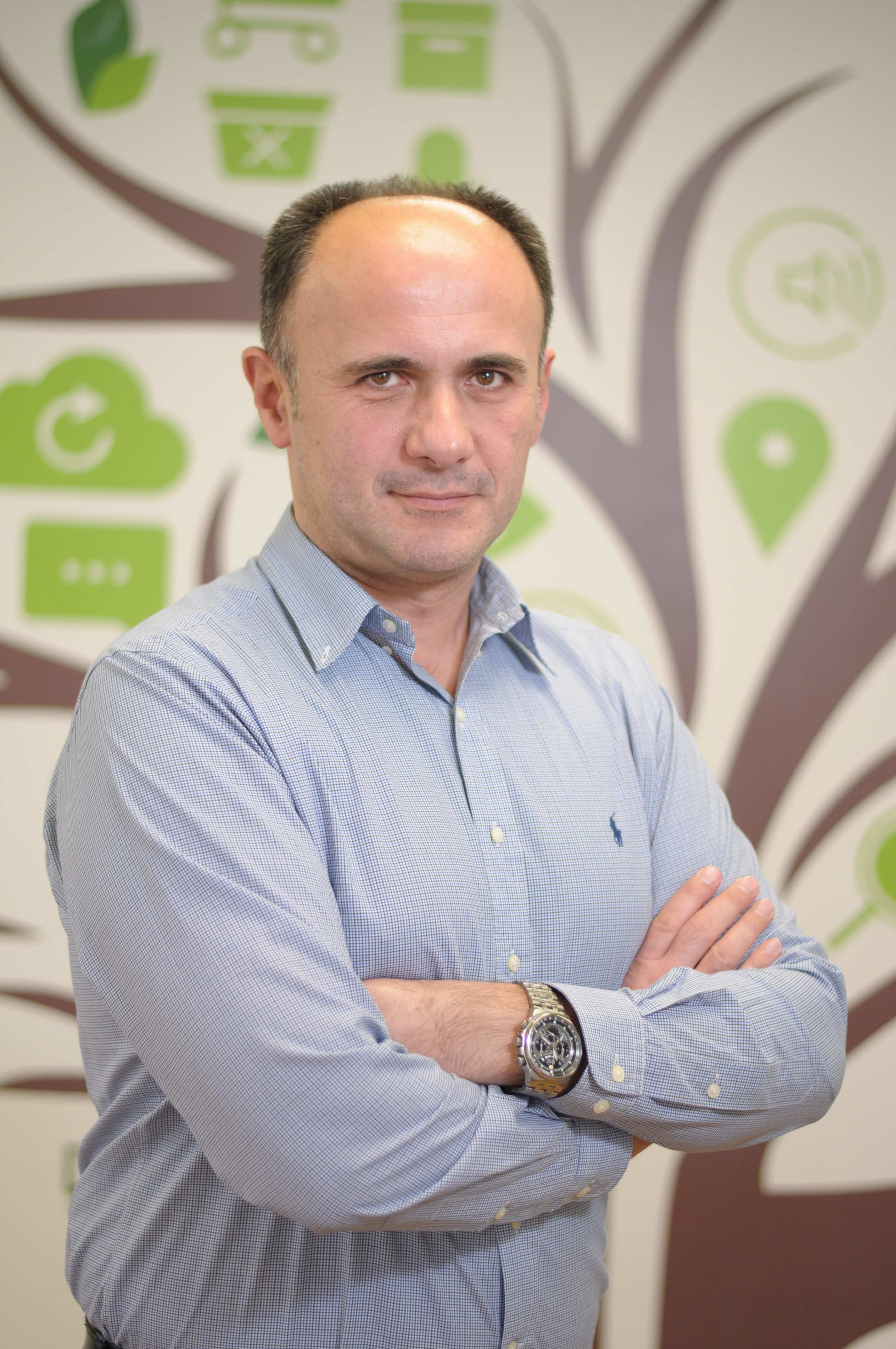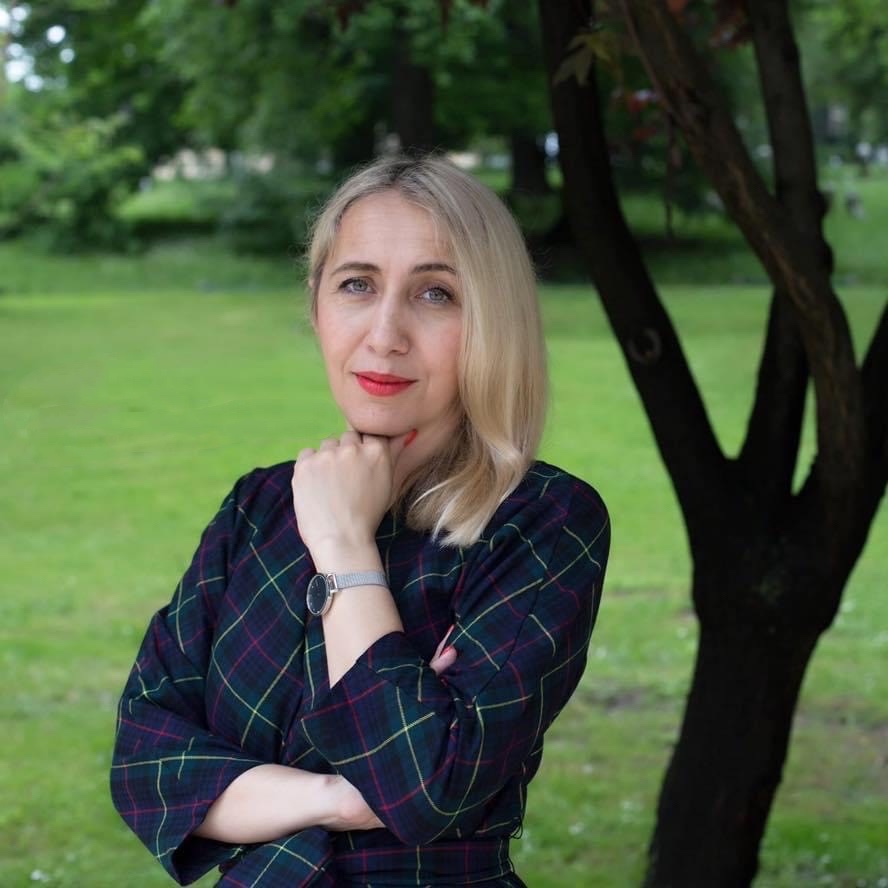

Speakers
Listed in alphabetical order of university names

ZHANG Jie (BUCEA)
National Master of Engineering Survey and Design
Dean of the School of Architecture and Urban Planning, Beijing University of Civil Engineering and Architecture,Professor & Doctoral Tutor
Lecture:
The Historic and Cultural Cities of China and a HUL Approach to Sustainable Management
Abstract:
The presentation will briefly review the development of historic city conservation in China. And introduce China’s efforts to protect the overall landscape and the environment of heritage, with the support of laws, advanced technologies, and public participation, to promote the cultural inheritance as well as the integration of urban protection and development in the context of rapid urbanization.

Srdjan Krco (UDG)
Co-founder of DunavNET
Visiting Scholar of University of Donja Gorica, Montenegro
Lecture:
From Smart Cities to Sustainable Cities: The Value of Data
Abstract:
Data is the new currency. Cities are generating massive amounts of data that are currently underutilized. The talk will discuss the role of data spaces and how data can facilitate push towards sustainable living.

Ivo Čolak (SUM)
Full Professor, Vice Rector for Science and Development, University of Mostar, Bosnia and Herzegovina
Lecture:
The Old Bridge in Mostar – Phases of Reconstruction
Abstract:
One of the most valuable historical projects undertaken under the auspices of the UNESCO in the past several decades is the reconstruction of the Old Bridge in Mostar. A wooden bridge built in the mid-15th century (1452) existed in the place of today’s Old Bridge prior to the arrival of Turks. Today’s stone Old Bridge was designed and built by Mimar Hayrudin, who was a student of Sinan, the greatest Turkish builder. The Old Bridge was completed in 1566. The span between the supports of the Old Bridge is 28.70 m, while the thickness of the vault is 80 cm. The width measures of the vault are from 392 to 397 cm. The arch was built from local stone called Tenelija. Construction of Halebija and Tara, the towers on either side of the Old Bridge, started in medieval times, long before the bridge was built. The towers were completed about a hundred years after completion of the bridge. The reconstruction of the towers was done together with the reconstruction of the Old Bridge. This lecture will present phases of the reconstruction of the Old Bridge.

Vesna Stojaković (UNS)
Founder and Head of Digital Design Center
University of Novi Sad, Serbia; Member of Editorial Board of Nexus Network Journal
Lecture:
Digital Design Futures in Architecture and Urbanism
Abstract:
How can new digital design tools help develop smart and resilient cities? Digital design is a new approach to problem solving, which involves computer calculations in order to create or test design in a way that cannot be done without the use of a computer. Such an approach can be used to improve the way we are thinking about the design process and how we create and select desirable design results.
Digital design is already applied in architectural practice. However, the potential of this approach is much larger than what can be seen to be widely adopted in our built environment. Raising awareness about the countless possibilities to achieve more sustainable city development with appropriate application of digital design might be a key to seize the technological opportunities in the field of architecture and urbanism.
In this lecture we will discuss how digital technologies such as computer simulations, performance-based design, computational design, digital fabrication and interactive visualization can be used to reshape the way we are thinking about the design and consequently reshape our cities for the better future.

Nasiha Pozder (UNSA)
Member of the Parliament of Federation of Bosnia and Herzegovina
President of Committee for Physical Planning, Housing and Communal Policy, Ecology and Tourism at the Parliament
Senior Adviser on urban planning and designing topics for Prime Minister of Sarajevo Canton
Lecture:
Sarajevo smart-up
Abstract:
Going through different crises, the city finds its way to recovery in different ways. How much the successful methods and tools we use also affect the final outcome, ie the resilience that the city achieves, the quality of life it offers and the satisfaction of the citizens who live and stay in it.
We often forget that when designing these ways and tools, we look at the past we have already lived in the city, at previous crises and how we overcame them.
The 21st century has brought new challenges to Sarajevo and deepened the previously inherited ones. Increased population, inadequately used resources and irresponsible urban planning, congested traffic network, pollution of all kinds. At the same time, the 21st century has brought with it new tools through modern technology that provides the possibility of faster and more optimal overcoming of the crisis caused by the challenges of the new age. Today, Sarajevo is reminded of what it was like to be a resilient, healthy, functional and smart city in the middle of the 20th century and begins its new Smart-up process.